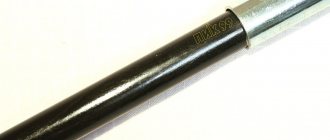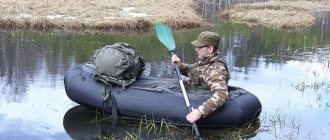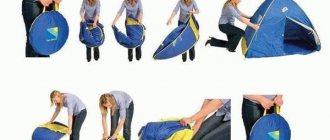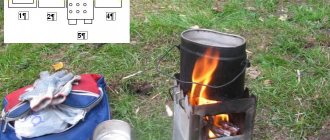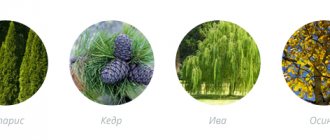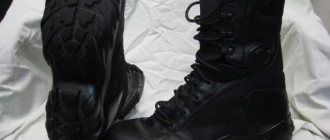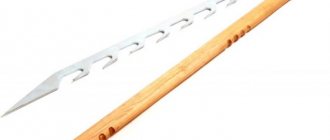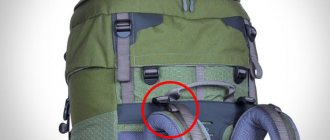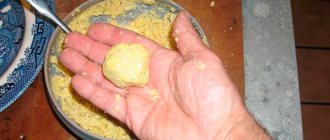What kind of tent fabric?
Tent fabric is made from various raw materials. It can be expensive and cheap. The main criteria when choosing are strength and protection from precipitation and wind.
Most manufacturers of materials for awnings and tents encode the characteristics and composition with an alphanumeric abbreviation.
Let us give an explanation of some of the notation. The fiber type is indicated first:
- poly (PL) – polyester.
- nylon (NY) – nylon.
- cotton - cotton.
Then indicate the type of material, for example, Oxford. Below are numbers indicating the density of the fabric in dennes (240D). The following designation is the type of finishing impregnation. It could be:
- DWR – water-repellent impregnation. It is applied to the front side.
- PU – polyurethane, comes from the inside, protects from moisture.
- PVC (PVC) – polyvinyl chloride. Protects from moisture and temperature changes. Allows you to use the tent in both cold and hot weather.
Thus, the material may be labeled Poly Oxford 240D PVC.
Compound
Tent materials vary in composition. They are made from cotton or synthetic fibers. Water resistance is imparted to fabrics by impregnation of polyvinyl chloride, Teflon or acrylic.
Synthetic fibers used in production:
- nylon - polyamide fiber, tensile strength, does not absorb moisture;
- polyester - obtained during oil refining. Smooth, strong threads are resistant to all kinds of damage;
- lavsan is a polyester fiber that is durable and resistant to deformation.
Cotton tent fabrics are produced in accordance with GOST 7297-90. It regulates the density and finishing of materials. Water-repellent (WO), water-repellent, light-resistant (WO-S), and bioresistant fungicidal (BS-F) compounds are applied to the canvases.
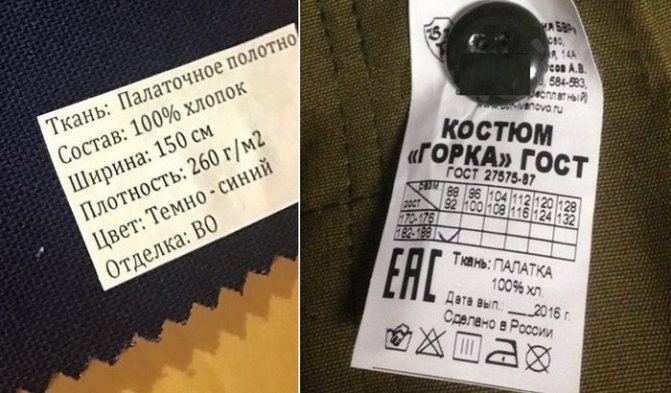
Synthetic materials for tents are produced in accordance with GOST 28486-90. The document regulates strength and coloring options.
Types and their properties
Tent fabrics come in the following types:
- Greta – fabric for the production of workwear tents. It is woven from polyester with a twill weave. This makes the material waterproof without special impregnations. Dirt and dust can be easily removed from its surface;
- Monaco is a dense, lightweight material with polyurethane impregnation. Distinctive characteristics of the fabric: high degree of protection from wind and precipitation. Tents, awnings, covers are made from it;
- Gala is a waterproof fabric impregnated with polyvinyl chloride. Products made from it protect well from wind and rain, but are not resistant to frost. Summer tents and awnings are sewn from the fabric;
- tarpaulin – dense, heavy canvas made of cotton/linen/jute that has undergone special treatment. They produce waterproof, fire-resistant, bio-resistant (mould-resistant) tarpaulins. The material is used for sewing military, and less often, tourist tents;
- Oxford is a fabric made from polyester or nylon with a special weave that imitates matting. Polyester fabrics are more durable, do not deform, and withstand bad weather well. They are used to make tents, awnings, tents, including winter ones;
- tent - thick cotton fabric made of tightly twisted fibers. Outwardly it resembles tarpaulin, but thinner and softer. Thin types are used to make workwear, and thick types are used for tents and awnings. Thanks to the interlacing and twisting of fibers, the material has water-resistant properties even without impregnation;
- PVC fabrics are used to produce awnings, tents, and car covers. Thanks to acrylic or Teflon impregnation, they have high water-repellent properties;
- Taffeta is a waterproof fabric made of nylon or polyester coated with polyurethane. It protects well from precipitation and is quite durable. Polyester taffeta is used as a material for winter tents;
- tarpaulin - fabric for the production of awnings. First, the polyethylene strips are tightly intertwined with each other, and then they are laminated with molten polyethylene. This makes the material durable, moisture-resistant, inextensible and lightweight;
- ripstop is a high-strength tent material. It is made from reinforced nylon and polyester fibers combined with cotton. Tents, sleeping bags, military uniforms, and backpacks are made from it.
Membrane fabrics are rarely used for sewing tents; products made from them are highly expensive. They perfectly protect from moisture, condensation does not form inside the tent, and heat is retained.
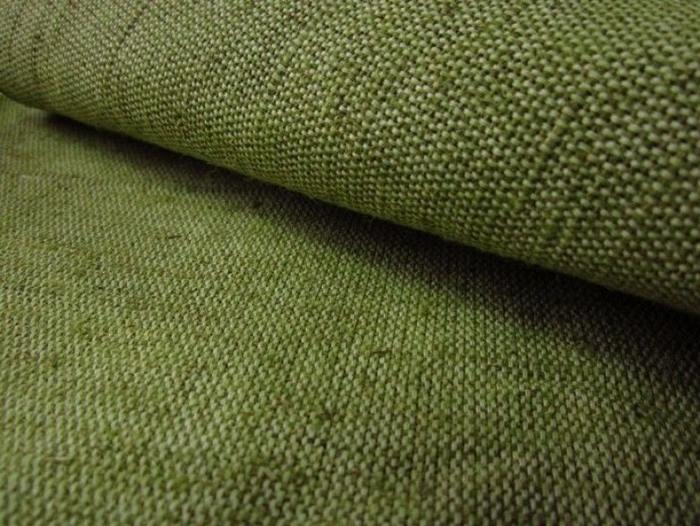
Additional items
We have already named the main selection parameters. But there are other important little things that can make a new traveler think twice.
- Pockets and hooks - with their help it is convenient to place personal items. But every shelf or pocket makes the load heavier.
- A loop for hanging a lamp - so you don’t have to think about where to attach the lamp or flashlight.
- Autonomous lighting system - no need to hang anything. Simply insert batteries or rechargeable batteries – and it’s light inside.
- Packaging bag – for compact transportation and storage. It is not always convenient to use it during the hike, since the covers are often too narrow and small to fit all the details.
- Repair kit - may include elements for repairing arches, awnings, hooks and mosquito nets.
Watch how to choose a tent for central Russia for the warm season in a useful video.
Advantages
Tent fabric has the following advantages:
- water resistance. The material does not absorb moisture and dries quickly;
- windproof. Fabric products are not blown by the wind and retain heat;
- resistance to high and low temperatures;
- resistance to deformation. The material does not shrink when washed and does not stretch when wet;
- high wear resistance and strength. High-quality fabrics can last more than 10 years without losing their properties;
- resistance to stains. Tent materials are easy to clean, and special finishing treatments prevent stains from forming on their surface.
Some manufacturers use fire-resistant impregnation on their canvases. What makes tents and awnings safer.
Application area
Lightweight and dense tent fabrics are widely used in the production of awnings, awnings, curtains and camping equipment. Of course, they are still used to make tourist and military tents.
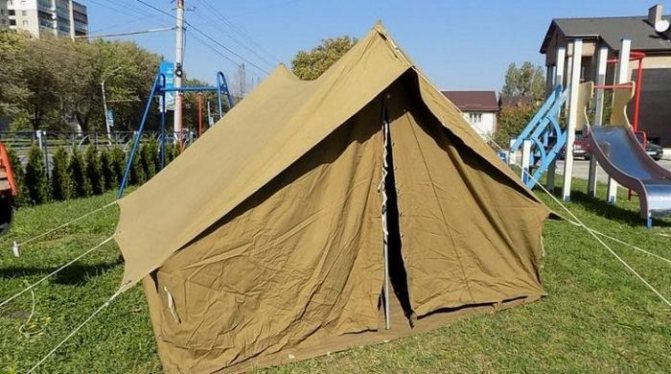
Another area of their application is awnings and awnings for summer cafes and street retail outlets. For them, brightly colored lavsan or nylon fabrics are used. Both oxford and taffeta are used as fabrics for awnings, marquees or outdoor tents.
Curtains are made from acrylic-impregnated polyester for outdoor cafes, terraces and gazebos. Tents are made from acrylic materials for various events.
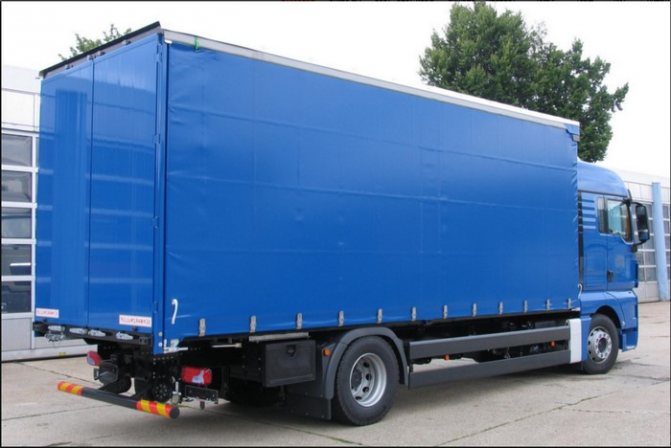
Awnings for trucks and trailers are made from PVC fabrics. Awnings for boats are made from them. Tarpaulin is also suitable for these purposes. It is most often used in the production of canopies and covers for military equipment. Oxford is also used as a material for car awnings.
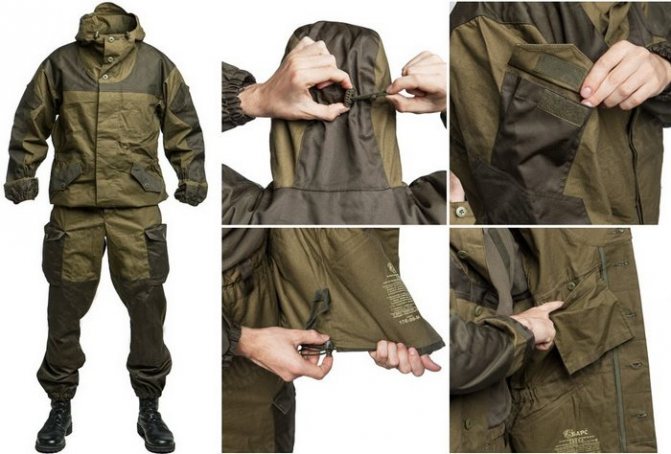
Workwear and backpacks are made from thin tent fabrics. For example, a slide suit made from a fabric tent. The material is 100% cotton, durable, protects from precipitation and allows the body to breathe, retains heat.
Differences between tent structures and tents and summerhouses from retail chains
An awning structure installed outdoors is exposed to the external environment: gusty winds, heavy rain, and sometimes snow. In this case, there may be a large crowd of people under the canopy. To ensure their safety, strict requirements are imposed on the design: it must be strong, reliable and durable. Let's look at this in more detail:
- Due to wind loads, it is necessary to tension the awning on the frame with a force of several hundred kilograms.
- The total area of the awning reaches several hundred square meters, while the wind load on the structure is most often significantly more than a thousand kilograms. This is the equivalent of standing in a strong wind with a piece of plywood. The roof of the awning should not make oscillatory movements, and the frame posts should be stable.
- Operating an awning throughout the year obliges manufacturers to provide protection for the structure from snow. Different regions have different load standards, depending on climatic conditions.
- Due to the fact that people may be under the structure in bad weather conditions, the question arises about responsibility for the life and health of visitors.
The listed factors together lead to the need to perform a number of construction tasks, starting from the process of designing tent structures to their installation.
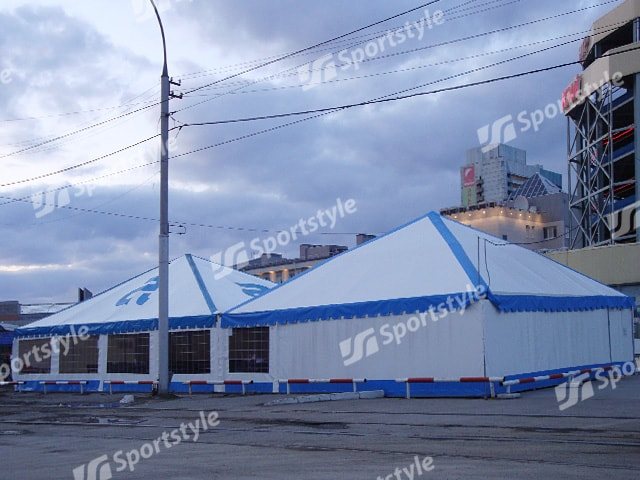
Modern awnings are made from polymer material, which is used as a basis in the production of awning products (roofs, walls, guy lines and shells). It has proven itself to be excellent when working in bad weather and other difficult operating conditions due to its multi-layer nature. The properties of the awning material are:
- Tightness of joining seams of products.
- Resistant to ultraviolet rays.
- The internal weave of the cord allows the material to withstand high tensile loads. Due to this, the awning can be pulled tightly onto the frame base to avoid vibrations in strong winds.
- The external varnish coating protects the awning from the penetration of dust into the material and the proliferation of bacteria. In addition, due to elasticity, protective properties are maintained even at very low temperatures (down to –60°C).
Care
It is preferable to clean products made from tent fabrics by hand using a soft cloth and a solution of laundry soap. If necessary, the tent or awning can be machine washed on a delicate cycle. If they are too large to fit in the drum, they are soaked in the bathtub. To prevent the fabric from losing its properties, observe the following rules:
- water temperature not higher than 30°C;
- For washing, use only mild detergents (laundry soap, gels or hair shampoo). Powders, bleaches, stain removers can damage the fabric structure;
- Wring out the products by hand, without twisting too much. When washing by machine, choose modes with or without spinning at low speeds;
- The tents are dried flat and hung on a clothesline. It is better to place the product in the shade rather than in direct sunlight.
As a rule, ironing is not necessary. Well-dried and neatly rolled tents are stored in covers in heated rooms with normal humidity.
Dear readers of the Tkan.Club website, if you still have questions on this topic, we will be happy to answer them. Leave your reviews, comments, share stories if you have dealt with this material! Your life experience may be useful to other readers.
Tent bottom
- The material of the bottom of the tent can be made of fabric or structural polyethylene (as on the bags of “shuttles” in which they transport their cargo). Polyethylene is typically used in cheap tents; fabric - in good condition
- The fabric on the bottom of the tent should be more waterproof than the tent . 5000-10000mm is enough to prevent water from penetrating inside the tent under strong pressure. The fabric of the floor is under pressure from the bodies of sleeping tourists. This pressure can cause the fabric to become wet. (3000mm waterproof floor fabric can withstand body pressure; 5000mm can withstand foot pressure; 10000mm can withstand elbow pressure)
- Check whether the seams on the bottom of the tent : especially pay attention to the corner seams. It is not easy to glue them correctly; many companies save on this operation. Even if the fabric is sufficiently waterproof, water can penetrate through the holes from the sewing needles. In a good tent you can sleep in a puddle.
